STRIVING FOR THE UNDERNEATH: BODY AND PATHOS IN CHAYA CZERNOWIN’S COMPOSITION FOR VOICE IN INFINITE NOW AND HEART CHAMBER
Abstract
In her two recent operas, Heart Chamber (2017–19) and Infinite Now (2015–16), Chaya Czernowin uses vocal ensembles to embody a single character. In a 2016 article, she explained that she wanted to liberate the individual voice from its fixed emotional, social and individual conventions (especially its ingrained pathos), and to work with the voice as a free imaginative sonic material, using the ensemble technique to achieve this. This article argues that the voice ensemble technique amplifies and intensifies the pathos of the voice rather than eliminating it. Recognising that the voice has strong somatic qualities since it is produced in the body, I suggest a material-musical analysis, based on the theories of Hans Ulrich Gumbrecht and Brian Massumi, that focuses on the body, the sensual experience and the physical space, and rejects the hermeneutic tradition that refers to meaning and interpretation only. What emerges is that the voices, instrumentation and electronics of the ensemble are designed to embody the inner body and the outer space at the same time. The voice ensemble may split and produce multi-layered mental–physical states, and express how traditional dichotomies, such as culture/nature, body/mind and subject/object, can meld into multi-perspective processual movements. It is in this intersection of sound and drama, manifesting the corporeal, that the unique power of opera is evinced.
Published online by Cambridge University Press: 12 July 2023
TEMPO, Volume 77, Issue 305, July 2023, pp. 44-59

No Comments